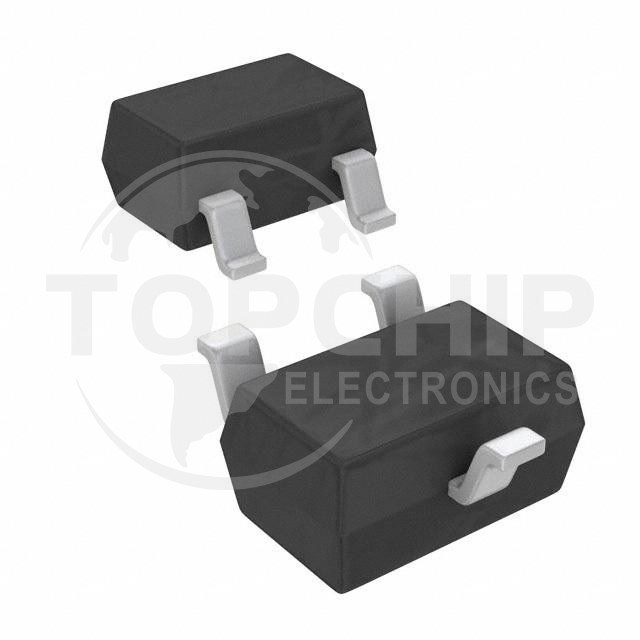Schottky diodes, named after German physicist Walter Schottky, are a unique class of semiconductor diodes known for their high-speed performance and low forward voltage drop. These distinctive properties make Schottky diodes widely applicable in today's electronic industry. This article aims to provide an overview of the fundamental principles, advantages, and common applications of Schottky diodes.
A Brief Overview of Diodes
Diodes, as basic electronic components, are semiconductor devices that allow current to flow in one direction. Typically, diodes have two terminals: an anode and a cathode. When a positive voltage is applied to the anode and a negative voltage to the cathode, the diode becomes forward-biased, allowing current to flow. Conversely, when the polarities are reversed, the diode becomes reverse-biased and blocks current flow.
What Sets Schottky Diodes Apart?
Schottky diodes differ from conventional PN-junction diodes in their construction. Instead of a PN junction, Schottky diodes are made by creating a metal-semiconductor junction between a metal (commonly aluminum, platinum, or molybdenum) and an N-type semiconductor material. This unique structure results in two primary advantages:
1. Low Forward Voltage Drop: Schottky diodes possess a lower forward voltage drop, typically around 0.2 to 0.6 V, compared to the conventional diodes, which have a forward voltage drop of approximately 0.7 V. This lower voltage drop means that Schottky diodes are more energy-efficient, as they generate less heat and waste less power during operation.

2. Fast Switching Speeds: Schottky diodes lack the capacitance and charge storage problem associated with PN-junction diodes, enabling rapid switching between the ON and OFF states. This high-speed switching performance is crucial for many high-frequency applications.
Common Applications of Schottky Diodes
Schottky diodes serve various purposes across several industries, including:
1. Power Rectification: The low forward voltage drop and high switching speed of Schottky diodes make them ideal candidates for power rectification in applications such as DC-DC converters and switch-mode power supplies (SMPS), where energy efficiency and low heat generation are critical.
2. Voltage Clamping: Schottky diodes are often used in voltage clamping circuits to protect sensitive components from voltage spikes and transients.
3. Radio Frequency (RF) Applications: The fast switching speeds of Schottky diodes make them suitable for use in RF and microwave applications, including mixers, detectors, and modulators, where rapid signal processing is essential.
4. Solar Panels: Schottky diodes are commonly used in solar panels as bypass diodes to prevent hot spots when a portion of the panel is shaded, enhancing the overall efficiency and longevity of the solar panel system.
Conclusion
Schottky diodes, with their unique metal-semiconductor construction, offer desirable characteristics such as low forward voltage drop and high switching speeds, making them indispensable in numerous electronic applications. From power rectification to radio frequency signal processing, these versatile diodes continue to play a vital role in the electronic industry, helping shape modern technology.
Related Products:
JDH2S02FSTPL3 SMSA7621-060 BD330DWT1 BAT68E6327HTSA1

